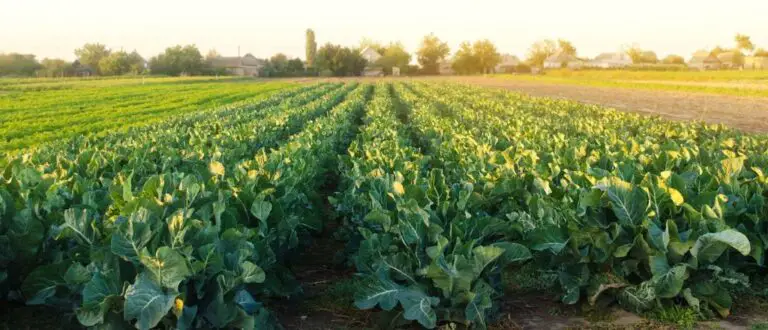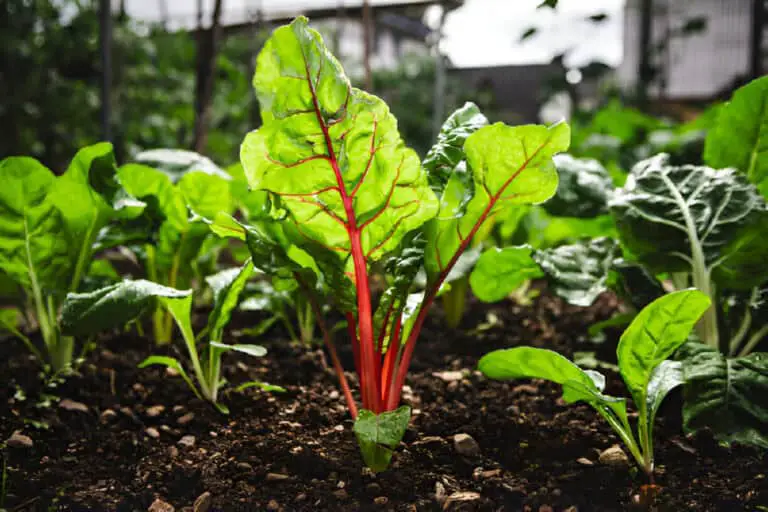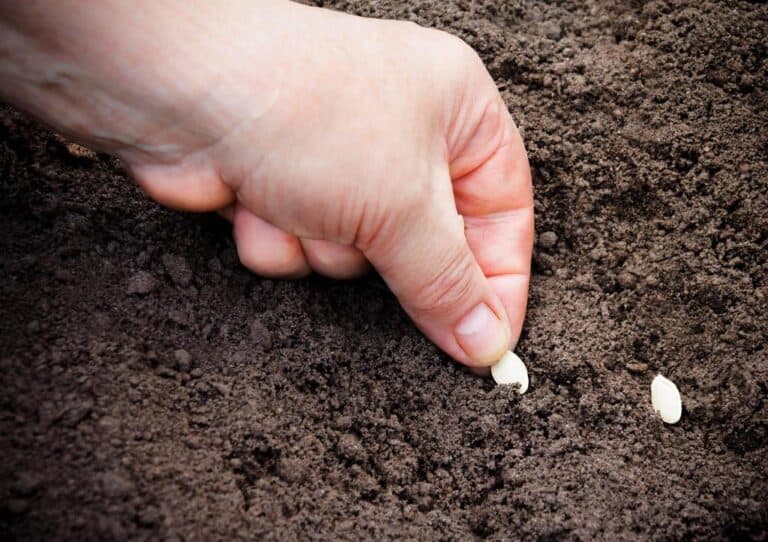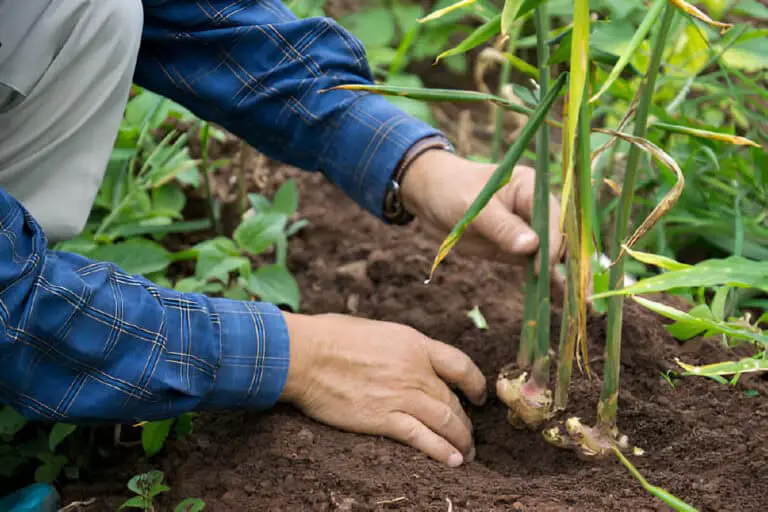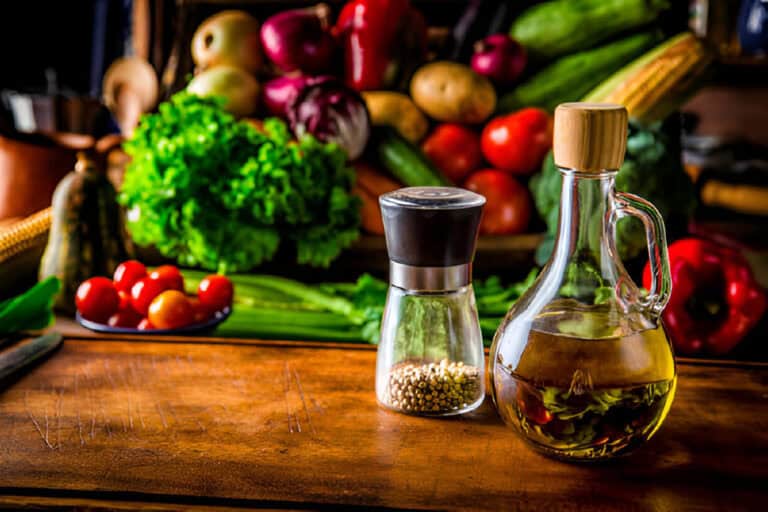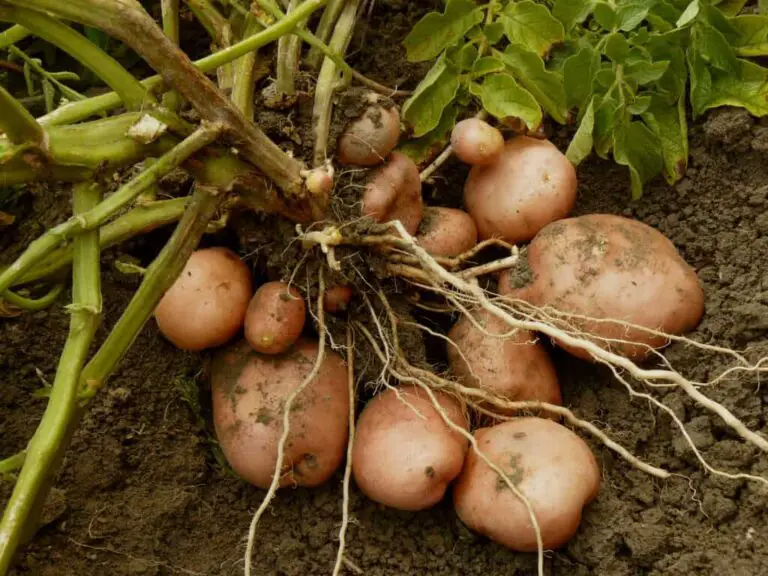How to Transplant Broccoli Seedlings into Bigger Pots? (Easy Guide)

If you’re looking to grow your own broccoli, you’re in for a treat! Not only is broccoli packed with essential vitamins and minerals, but it’s also a versatile ingredient that can be used in a wide range of dishes.
However, before you can enjoy the fruits of your labor, you need to make sure that your broccoli seedlings are transplanted into larger pots. This can be a daunting task for beginners, but don’t worry – we’ve got you covered. In this easy guide, we’ll show you how to transplant your broccoli seedlings into bigger pots, step-by-step. So, grab your gardening gloves and let’s get started!
In this article, we will discuss the ideal size of broccoli plants for transplanting and the steps to take to ensure a successful transplant.
Importance of Transplanting Broccoli
Transplanting is a critical step in the growth cycle of broccoli plants. It is essential to ensure that the plants are able to reach their full potential and provide a bountiful harvest of nutritious and delicious vegetables.
When broccoli seedlings are first planted, they are usually in a small container with limited space for their roots to grow. As the plant grows, the roots fill up the container, which can cause the plant to become root-bound and stunted in growth.
By transplanting the broccoli seedlings into larger pots, you provide them with the space they need to continue growing and developing. This additional space allows the roots to spread out and absorb more nutrients and water from the soil, which in turn promotes healthier and more vigorous growth. This is especially important for broccoli plants because they require a lot of nutrients to grow properly and produce a bountiful harvest.
In addition to providing more space for the roots to grow, transplanting also allows the broccoli plant to be placed in an environment where it can receive more sunlight and air circulation. This can have a significant impact on the health and yield of the plant. Sunlight is essential for photosynthesis, the process by which plants convert sunlight into energy. Without enough sunlight, the plant will not be able to produce enough energy to grow and develop properly.
Air circulation is also important for broccoli plants because it helps to prevent the buildup of moisture around the plant, which can lead to the development of fungal diseases. By transplanting the plant into a larger pot with better air circulation, you can help prevent the development of these diseases and keep your plants healthy and productive.
In addition to providing more space and better growing conditions, transplanting also allows you to control the environment in which the plant is growing. This can be especially important if you live in an area with extreme temperatures or weather conditions.
By transplanting your broccoli plant into a pot, you can move it indoors or to a more sheltered location during periods of extreme heat or cold, ensuring that the plant is able to continue growing and developing in a stable and controlled environment.
When to Transplant Broccoli Seedlings
Broccoli seedlings should be transplanted into larger pots when they have outgrown their current container. This is usually when the seedlings have two to four true leaves and are about 3 to 4 inches tall is ideal for transplanting broccoling seedlings. At this stage of the broccoli’s growth, the roots of the seedlings will have filled the current pot, and the plant will be ready to be moved to a larger container to continue growing.
It is important not to transplant your broccoli seedlings too early, as this can stunt their growth and reduce their overall yield. Conversely, if you wait too long to transplant, the plants may become root-bound, which can also affect their growth and yield.
Read: Determining the Ideal Number of Broccoli Plants per Square Foot
Choosing the Right Pot Size for Broccoli

When it comes to choosing the right pot size for your broccoli plants, it is important to consider the size of the mature plant. Broccoli plants can grow up to 3 feet tall and 2 feet wide, so it is essential to choose a pot that is large enough to accommodate their size.
As a general rule of thumb, you should use a pot that is at least 12 inches deep and 12 inches wide for each broccoli plant. This will provide enough space for the roots to grow and support the plant’s growth.
How to Transplant Broccoli Seedlings into Bigger Pots?
Transplanting broccoli seedlings into larger pots is a straightforward process that can be done in a few simple steps.
Step 1: Prepare the New Pot
Before transplanting your broccoli seedlings, you will need to prepare the new pot. This involves filling the pot with a high-quality potting mix that is rich in nutrients and drains well. You can also add some compost or well-rotted manure to the potting mix to provide additional nutrients for the plants.
Step 2: Water the Seedlings
Before removing the seedlings from their current container, it is important to water them thoroughly. This will help to loosen the soil and make it easier to remove the plants without damaging their roots.
Step 3: Remove the Seedlings
Once the soil has been adequately watered, gently remove the seedlings from their current container. To do this, hold the seedling by the leaves and carefully loosen the soil around the roots. Be sure to handle the seedlings gently to avoid damaging the delicate roots.
Step 4: Plant the Seedlings
Once you have removed the seedlings from their current container, plant them in the new pot. Make a hole in the center of the potting mix and place the seedling in the hole, making sure that the soil level is at the same depth as it was in the previous container. Gently firm the soil around the base of the plant to secure it in place.
Step 5: Water the Newly Transplanted Seedlings
After transplanting your broccoli seedlings, it is important to water them thoroughly to help settle the soil and reduce transplant shock. Be sure to water the plants at the base to avoid getting water on the leaves, which can cause fungal diseases.
Tips for Successful Broccoli Transplanting
Transplanting broccoli seedlings into larger pots is a crucial step in ensuring their healthy growth and maximizing the chances of success. Here are some additional tips and recommendations to make the process smoother.
- Firstly, choose pots that are spacious enough to accommodate the growing root system of the seedlings. Opt for pots with drainage holes to prevent waterlogging, as excess moisture can lead to root rot. Select a well-draining potting mix that is rich in organic matter, as it provides essential nutrients and promotes proper moisture retention.
- When transplanting, handle the seedlings with care to avoid damaging their delicate roots. Gently loosen the root ball and place it into the new pot, ensuring that the soil level matches the original planting depth.
- Lightly press the soil around the seedling to secure it, and water thoroughly to settle the soil and eliminate air pockets.
- After transplanting, provide consistent care by watering the seedlings regularly, keeping the soil moist but not overly saturated. Monitor the plants for any signs of stress, such as wilting or yellowing leaves, and make adjustments accordingly.
- To further support healthy growth, consider providing adequate sunlight or artificial light if growing indoors. Maintain a temperature range of around 60-70°F (15-21°C) for optimal growth. A
- dditionally, regular fertilization with a balanced organic fertilizer can provide essential nutrients for the seedlings. Monitor the overall health of the plants and address any issues promptly, such as pest infestations or nutrient deficiencies.
- By following these tips, you can set your broccoli seedlings up for success as they adapt to their new pots and thrive in their growing journey.
Common Problems with Transplanted Broccoli
Transplanting can be a stressful process for plants, and broccoli is no exception. Here are some common problems that can occur when transplanting broccoli:
- Transplant shock – this occurs when the plant is stressed by the transplant process and experiences stunted growth or wilting. To minimize transplant shock, water your broccoli well before and after transplanting, and avoid transplanting during hot or windy weather.
- Pests and diseases – as mentioned earlier, pests and diseases can affect your transplanted broccoli. Keep an eye out for any signs of damage or infestation, and take action immediately to prevent further damage.
- Overwatering or underwatering – improper watering can lead to root rot or wilted plants. Make sure to water your broccoli regularly, but not too frequently or too little.
Conclusion
In conclusion, transplanting broccoli seedlings into larger pots is an important step in ensuring the best growth and yield from your plants. The ideal time to transplant is when the seedlings have two to four true leaves and are 3 to 4 inches tall, and the new pot should be at least 12 inches deep and 12 inches wide. Following the simple steps outlined above will help you successfully transplant your broccoli seedlings and give broccoli the space they need to continue growing.
Remember to water your seedlings before and after transplanting and to handle them gently to avoid damaging their roots. With the right care and attention, your broccoli plants will thrive and provide you with a bountiful harvest of delicious and nutritious vegetables.
So go ahead and give it a try! With these simple tips, you’ll be able to successfully transplant your broccoli seedlings into larger pots and enjoy a plentiful harvest of fresh, healthy broccoli all season long.

